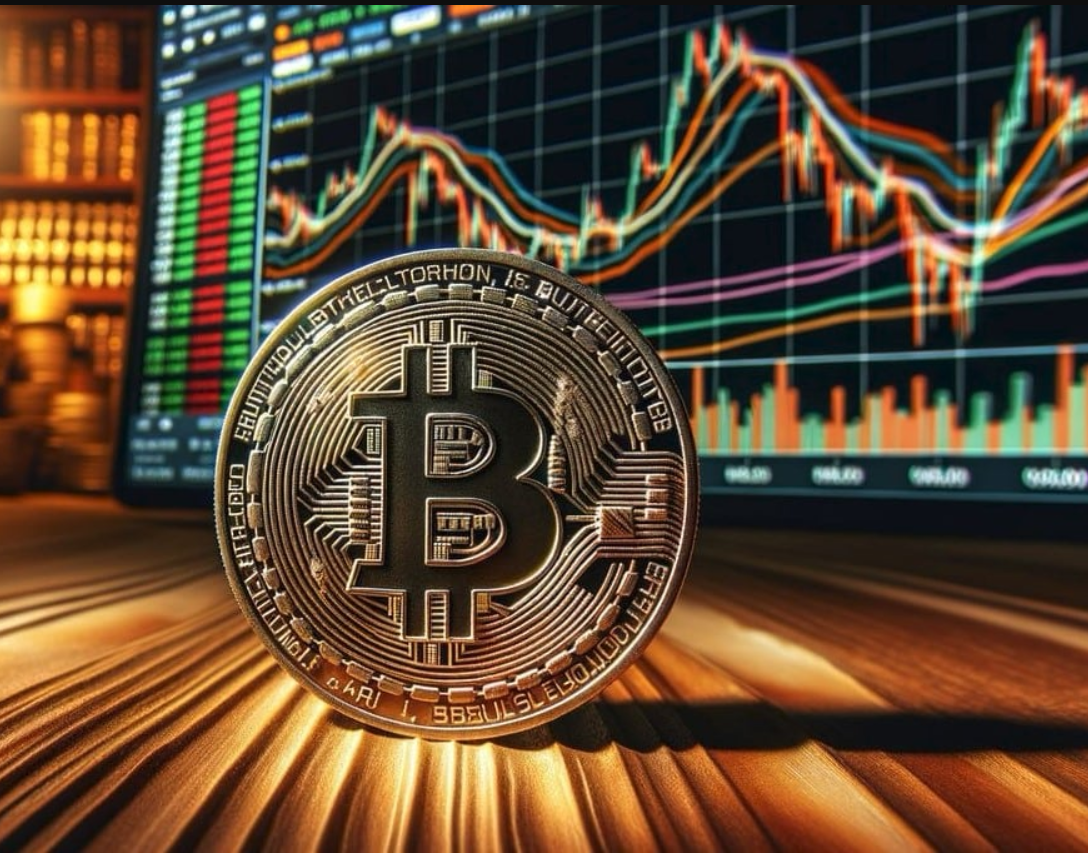Table of Contents
Demographic change does not stop at blockchain technology either. The Bitccoin blockchain paved the way for publicly shared and decentrally managed ledgers and thus for anonymous transactions – ETH has enriched the crypto ecosystem with decentralized applications with the introduction of smart contracts. After the first and second generation, it is projects like Cardano, Solana and Avalanche that usher in the third blockchain generation with a focus on interoperability and scalability. Polkadot is also part of the new generation.
Launched in 2016 by former ETH co-founder Gavin Wood and by the Web3 Foundation Polkadot wants to provide cross-chain communication in the crypto landscape. Blockchains are closed systems, and the exchange of data between networks via oracles and bridges is resource-intensive and prone to errors. Polkadot found an answer to these problems: parachains.
What are parachains in polkadot?
Parachains are stand-alone blockchains that are attached to the Polkadot relay chain and are thus embedded in the cross-platform ecosystem. The relay chain is the heart of Polkadot, it ensures security, ensures consensus-building and manages the status of the connected networks. As a parachain at Polkadot, blockchains benefit from high user activity and liquidity, but act confidently. They have their own native currencies and specific uses.
While many blockchain networks have specialized in certain use cases, Polkadot can cover the entire spectrum with the Parachain system: from decentralized finance (DeFi), gaming and supply chains, to oracles to the Internet of Things (IoT). Polkadot is as multifaceted as its parachains.
The advantage: The exchange of data between the networks is extremely permeable – also between private and public blockchains. In this way, data from public networks can also be used for applications on public blockchains, and vice versa. In addition, transactions can be processed in parallel, which ensures high throughput.
While smart contracts are often limited to transactions, Polkadot allows all data to be exchanged and processed. Ultimately, behind Polkadot is the vision of an Internet of Blockchains that enables cross-platform interactions, breaks up the monopolies of big techs and gives users back control over their data. Thus, Polkadot’s declared goal is to build the Web 3.0.
Parachain auctions
Whether a blockchain can even attach itself to the relay chain depends on whether it receives enough support from the community. Parachain places are up for auction, since the capacity is limited to a maximum of 100 chains, the rush of candidates is correspondingly large.
The application process for a parachain place works via so-called candle auctions. The projects with the highest grants are awarded the contract. If the participation is successful, a certain amount will be deposited and blocked in DOT for the Parachain term. That is usually 24 months. After that, the donors will get their borrowed money back.
The DeFi platform Acala won the first Parachain auction in November 2021 with DOT worth over 1.3 billion US dollars. There are currently six parachains on Polkadot, Kusama, the testnet also operated by the Web 3 Foundation and on the same code base as Polkadot, now comprises 22 parachains.
Crowdloans
In order to raise funds for a project and thus also give smaller, but all the more ambitious projects access to the Polkadot ecosystem, crowdloans were introduced – loans that provide projects with capital and, in return, enable participants to generate lucrative returns.
Crowdloan campaigns can start even before the auction slots open. The projects set an upper limit. If this is reached, the campaign ends automatically. The funds will be paid back after the end of the parachain period or if the campaign fails.
The projects are free to decide what remuneration users receive for their financial injections. “It is up to the individual Parachain teams to decide whether and how they want to reward participants who forego stakes and choose to block their tokens in support of the Parachain campaign,” explained the Web 3 Foundation.
The range is correspondingly colorful. As a rule, users receive a certain amount of the native currencies of the respective blockchain networks. How high these turn out to be and the times at which payments are made varies. NFT giveaways and raffles are also not uncommon. For example, the Darwinia Network split a BTC among the top five bidders.
So you are there
In order to be able to participate in Parachain auctions via Crowldoans, you only need two things: a Polkadot wallet and some start-up capital in DOT. The “Polkadot JS Extension” browser wallet can be installed free of charge in Firefox or Chrome, then also via the Brave Browser. Under polkadot.js.org/apps you get a list of all currently running and already completed Parachain auctions as well as information on profit sharing. Simply select a project, participate under “Contribute” and that’s it.
Important: The minimum amount for each Parachain auction is five DOT. At the time of going to press, that’s the equivalent of $ 117. And even more important: the wallet should contain at least one DOT after the transaction is complete. Any amount below that will be destroyed. Including transaction fees of around 0.02 DOT, 1.1 DOT should be planned in addition to the 5 DOT.
What do interest rate hikes in the euro area mean for BTC?
- Bitcoin Whales Cash In Millions Amid Recent Rally - November 20, 2024
- Hidden Pattern on XRP Charts Suggests a 500% Surge – Is It Finally Moon O’Clock? - November 20, 2024
- $PNUT Up 325% In 7 Days, Heading To New Record – Will This New Altcoin Be The Next Hot Deal? - November 19, 2024


![BingX Exchange: A Detailed Guide to Using, Trading, and Maximizing Features in [current_date format=Y] 5 BingX Exchange: A Detailed Guide to Using, Trading, and Maximizing Features](https://cryptheory.org/wp-content/uploads/2024/11/4-5-350x250.jpg)




















